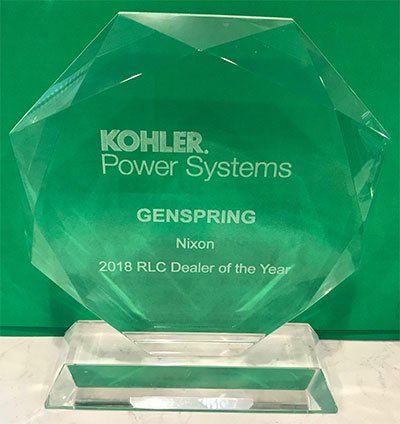Understanding How Home Generators Work
How does a home standby generator system work?
Within seconds of a power outage, the engine will automatically start, allowing your home generator to begin producing power. After a short delay (10 to 60 seconds) the Automatic Transfer Switch will restore power to the designated emergency circuits in your home. The home generator control system will automatically monitor utility power. When the utility power is restored, the Automatic Transfer Switch will safely transfer you back to the utility. The home generator will then go through a short cool down cycle, automatically shut down and then wait for the next event.
With all our quality home generator systems, the electric utility and home generator power are completely isolated. Therefore, you can have total confidence that your generator system is operating safely while the utility linemen are restoring utility power to your home.
Another great reason to select GenSpring Power.
How does a home generator produce power?
In the simplest terms, an engine revolves around a magnetic field called a rotor through a stationary coil of wires called a stator. This movement induces an electro-motive force (EMF) into the stator coils. As the magnetic lines of flux cut across the stationary windings, the difference in electrical “potential” is induced into the stator windings. When a complete circuit is formed (by connecting a load to the stator windings) current flow occurs. The current (in amperes) delivered to the load is affected by:
• The number of wire turns in the stator.
• The strength of the magnetic field in the rotor.
The wonderful thing about all of our automatic home generator systems is that all of this is done for you, whether your at work or at home. When you have a home generator system from GenSpring Power, you have power when you need it most.




